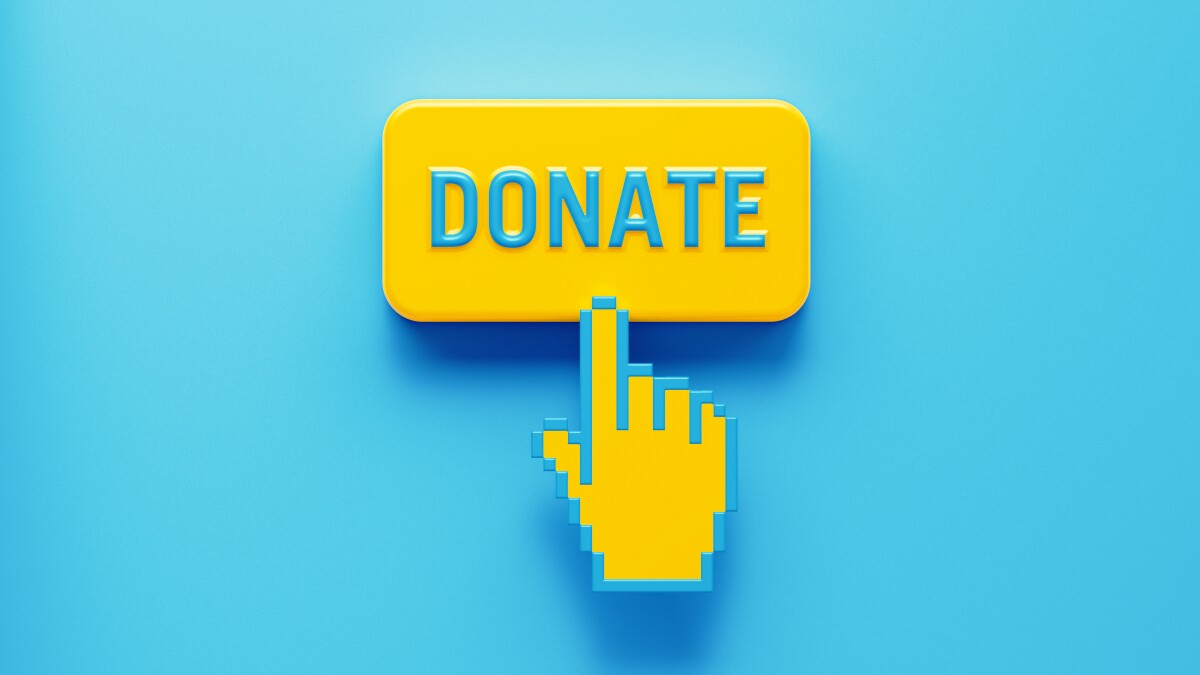As the nonprofit sector becomes increasingly competitive, organizations are turning to the potential of digital technology to help shape their communications and engagement strategy. One such technology that has a significant influence on donor engagement and retention is texting software.
In this article, let’s delve into how texting software for nonprofits can create a more streamlined, effective, and influential communication channel for beneficiary engagement and donor sustainment.
Understanding donor engagement and retention in nonprofits.

To comprehend the advantages of texting software for nonprofits, it’s crucial to understand the concepts of donor engagement and retention. These terms address the strategic pursuit of forging stronger relationships with donors to ensure their continued support and dedication to the organization’s cause.
Donor engagement involves strategic tactics centered on keeping donors informed, interested, and involved in the activities and impact of an organization. On the other hand, donor retention focuses on strategies that ensure repeat donations and prolonged commitments from donors to an organization.
The metrics for these aspects have a direct impact on an organization’s financial health and capacity to pursue its program interventions. High donor engagement and retention rates can reflect an organization’s influence, effectiveness, and credibility.
The role of texting software in enhancing nonprofit communication.
Texting software, sometimes referred to as SMS marketing software, is a communication tool that enables organizations to send bulk text messages to their contacts. Organizations can use it to share updates, raise awareness about projects, solicit donations, or engage donors in other ways.
In the context of nonprofits, texting software can offer several communication advantages. This includes providing a direct, personal, and immediate communication channel that isn’t readily available through other platforms. With a clear messaging process, organizations can connect with their donors in a meaningful and effective manner.
Moreover, unlike emails which are often left unread or filtered as spam, text messages tend to have a higher open and response rate. For nonprofits, this means improved chances of engaging donors and soliciting their support.
Last but not least, texting software often allows for conveniences such as automated replies and scheduled messages, freeing up staff time for other organizational duties.
Key features of texting software beneficial for nonprofits.

Various key features of texting software can be particularly beneficial for nonprofits. These include contact management functionality, allowing organizations to categorize and manage their donors efficiently. Other features may include SMS templates, saving time on drafting communications, and an intuitive user interface that makes the software easy to navigate for all team members.
Additionally, most texting software platforms offer analytics tools. These tools provide insights that organizations can use to track engagement, response rates, and overall campaign performance, providing valuable data for strategy refinement.
Some texting software platforms even incorporate compliance management recommendations, ensuring your messages are abiding by local and national communication standards. This can help mitigate risks related to data privacy and spam regulation violations.
Another critical feature of robust texting software platforms is integration capabilities with other commonly used platforms, such as customer relationship management (CRM) systems or email marketing software. This seamless integration allows for efficient data sharing and streamlining of donor engagement efforts.
Implementing texting software for improved donor engagement and retention.
The first step to implementing texting software into your nonprofit’s communication strategy involves identifying your organization’s specific needs and goals. Understanding these will guide you in selecting a software solution that best fits your organization’s requirements.
Next, it’s essential to strategize how to incorporate text messaging into your existing communication plan. This could include the types of messages you plan to send, determining the frequency of communication, and identifying which donors to target via text messages.
Equally important as implementing the software is monitoring its performance. Regularly track your engagement and response rates to gain insights into what is working and what can be improved. Utilizing the analytics tools provided by your software can support this process.
Finally, yet importantly, strive to maintain a human touch in your texting strategy. Automated messages must not take away from the personal, empathetic connection that the purpose of nonprofit work embodies.
Altogether, the use of texting software can significantly improve donor engagement and retention for nonprofits. By leveraging digital technology, nonprofits are much better equipped to forge stronger relationships with their donors, ensuring their support for impactful work now and in the future.
Leave a Reply